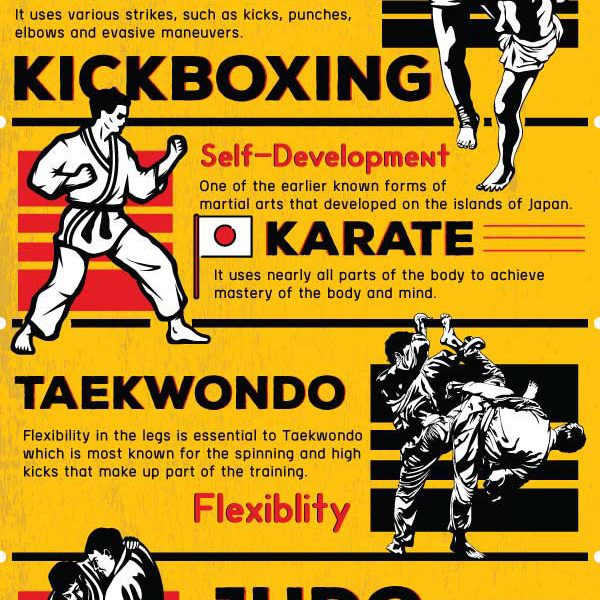Taekwondo Forms: Recognizing The Fundamentals And Their Relevance
Taekwondo Forms: Recognizing The Fundamentals And Their Relevance
Blog Article
Material By-Albright Lindgreen
Did you recognize that there more than 20 different taekwondo kinds, each with its own unique series of activities and techniques? related resource site , additionally referred to as poomsae, play an essential function in the method and advancement of taekwondo experts.
But just what are these forms, and why are they so substantial? In this conversation, we will discover the fundamentals of taekwondo forms, their origins, and the key elements that make them an integral part of this fighting style.
Whether you're a novice or an experienced specialist, recognizing the relevance of taekwondo types will certainly grow your recognition for this ancient practice and boost your trip in the direction of mastery.
Origins and Evolution
The beginnings and development of Taekwondo can be traced back to old fighting styles techniques in Korea. It was developed over 2,000 years ago and has actually since grown into a popular and globally acknowledged sporting activity.
Taekwondo was greatly influenced by numerous Oriental fighting styles designs, such as Taekkyon and Subak, in addition to Chinese fighting styles. It was originally made use of as a means of self-defense, yet over time, it developed right into a competitive sport that focuses on striking methods and high kicks.
In the 20th century, Taekwondo went through a significant makeover and was standardized into its modern-day form. martial arts for toddlers played a critical duty in this procedure, helping to establish regulations, methods, and forms that are still adhered to today.
Crucial Element and Methods
Now let's check out the basic facets and techniques of Taekwondo. To fully recognize the crucial elements and methods, it is essential to delve deeper into the complying with subtopics:
- Stances: Taekwondo highlights the correct use stances, such as the front stance, back stance, and steed position. These positions supply security, balance, and power in performing different strategies.
- Strikes and Kicks: Taekwondo is renowned for its powerful and dynamic kicks, consisting of the front kick, roundhouse kick, and side kick. Strikes, such as strikes and knifehand strikes, are additionally crucial techniques in Taekwondo.
- Blocks and Defense: Effective protection is critical in Taekwondo. Blocks, such as the high block and low block, are utilized to protect versus inbound strikes. Appropriate timing and positioning are essential to effectively defending oneself.
Benefits and Effect
Among the considerable benefits of practicing Taekwondo is the improvement of physical fitness and overall well-being. By participating in routine training sessions, you can enhance your cardio health, strength, flexibility, and endurance. Taekwondo involves a variety of movements that target different muscular tissue teams, helping you develop a strong and toned figure.
In addition, this fighting style advertises psychological wellness by lowering stress and anxiousness levels. The technique and focus required in practicing Taekwondo can assist boost your focus and enhance your capability to deal with challenging circumstances.
Furthermore, the method of Taekwondo infuses a sense of positive self-image, self-control, and self-discipline, which can positively affect numerous areas of your life. Generally, exercising Taekwondo can cause a healthier and much more well balanced way of life.
Final thought
So there you have it! Taekwondo types aren't simply plain regimens, yet a representation of the rich background and evolution of this martial art. By understanding the key elements and techniques, professionals can gain numerous physical and mental advantages.
From increased flexibility and stamina to boosted emphasis and discipline, taekwondo types have a lasting effect on those that exercise them.
So, whether you're a novice or a seasoned martial artist, welcome the power of these kinds and let them take you on a journey through time.
